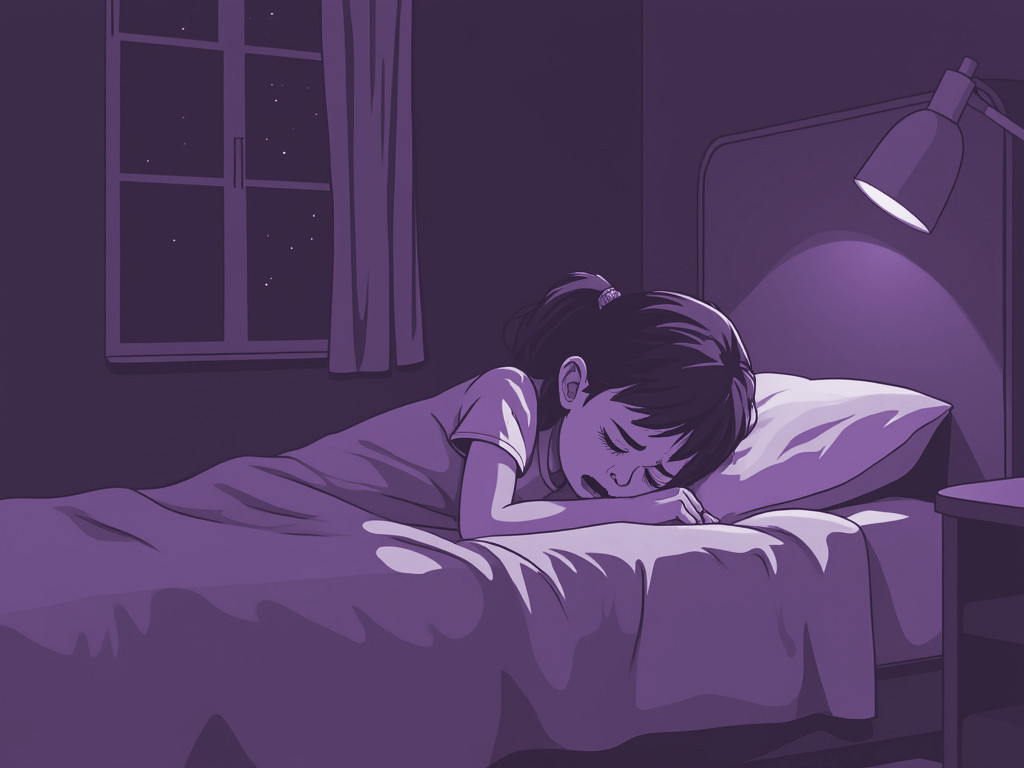Understanding Child Maltreatment: Unveiling the Dimensions and Urgency for Prevention

Child maltreatment is a behavior that deviates from societal norms and poses a significant risk of inflicting physical or emotional harm upon a child. This comprehensive term encompasses various forms, including physical and emotional abuse, sexual abuse, neglect, child labor, and exploitation, all of which can jeopardize a child's health, survival, development, and dignity within relationships of responsibility, trust, or power. Even exposure to intimate partner violence is acknowledged as a form of child maltreatment.
The Centers for Disease Control and Prevention (CDC) define child maltreatment as acts of commission (abuse) or omission (neglect) by a parent or caregiver resulting in harm, the potential for harm, or the threat of harm to a child.
Child Maltreatment Statistics
In 2019, a staggering 4,378 million reports of suspected child maltreatment inundated Child Protective Services (CPS) in the US, involving 7.9 million children. While approximately 2.4 million of these reports underwent thorough investigation, around 678,000 maltreated children were identified. Notably, both genders are affected, with boys experiencing physical abuse more frequently. Younger children face a higher victimization rate of child maltreatment.
Of all the reports to Child Protective Services, three-fifths originated from professionals obligated to report child maltreatment, such as educators, social services personnel, legal professionals, and healthcare providers.
Common Types of Child Maltreatment
Analyzing the difference in reported cases between 2015 and 2019 reveals the following trends:
| Type of Abuse | Year 2015 | Year 2019 |
|---|---|---|
| Neglect | 75.3% | 74.9% |
| Physical Abuse | 17.2% | 17.5% |
| Sexual Abuse | 8.4% | 9.3% |
Data from the federal fiscal year 2019 shows that 84.5% of victims suffer a single type of abuse, while 15.5% experience two or more types. Disturbingly, fiscal year 2018 data indicate that 91.7% of victims are abused by one or both parents, either individually or in collaboration with up to two others. Mothers acting alone account for 39.4% of cases, fathers 21.5%, and 13.4% involve an aggressor who is neither parent.
Urgency for Prevention
Preventing child maltreatment is not only possible but urgently necessary. A multi-sectoral approach is crucial. Effective prevention involves supporting parents, imparting positive parenting skills, and fortifying laws against violent punishment. Continuous care for children and families is paramount to reducing the risk of maltreatment recurrence and mitigating its far-reaching consequences.
As we unravel the dimensions of child maltreatment, it is imperative to unite in our commitment to preventive action. Let us work collaboratively to ensure a safer and more nurturing environment for all children, free from the specter of maltreatment. The time to act is now.

